Have you ever wondered if your pet snake can actually hear you when you talk to it? Or perhaps you’ve been told to stay quiet around wild snakes to avoid detection? The relationship between snakes and sound is fascinating and often misunderstood. While these remarkable reptiles do perceive their environment differently than we do, their sensory abilities are sophisticated and specialized in ways that might surprise you. In this article, we’ll explore the truth about snake hearing and dive into their remarkable sensory world to better understand how these legless creatures experience and navigate their surroundings.
The Myth of Deaf Snakes
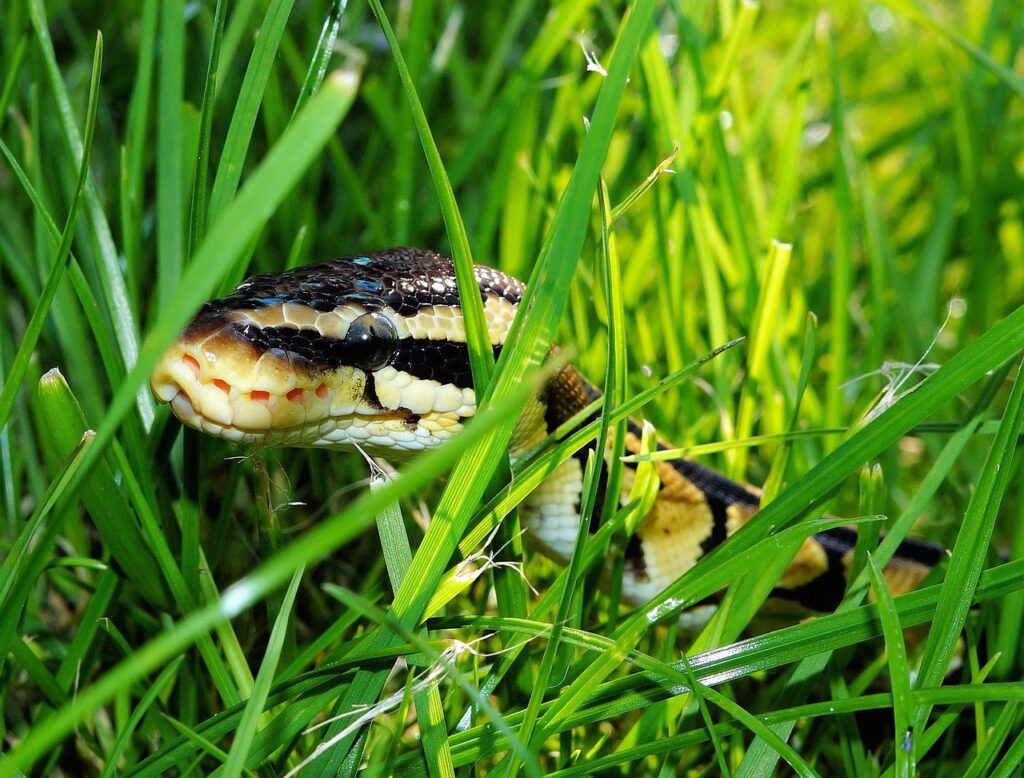
For decades, a common misconception has persisted that snakes are completely deaf. This belief likely originated from the noticeable absence of external ears on snakes, leading people to conclude that they simply cannot hear. However, modern research has thoroughly debunked this myth. While snakes don’t hear in the same way that humans do, they are far from deaf. Their hearing mechanism is specialized and different, allowing them to detect certain types of sounds and vibrations in ways that serve their evolutionary needs. Understanding this distinction helps us appreciate the unique sensory adaptations that have helped snakes thrive for millions of years in diverse environments around the world.
Anatomy of Snake Hearing
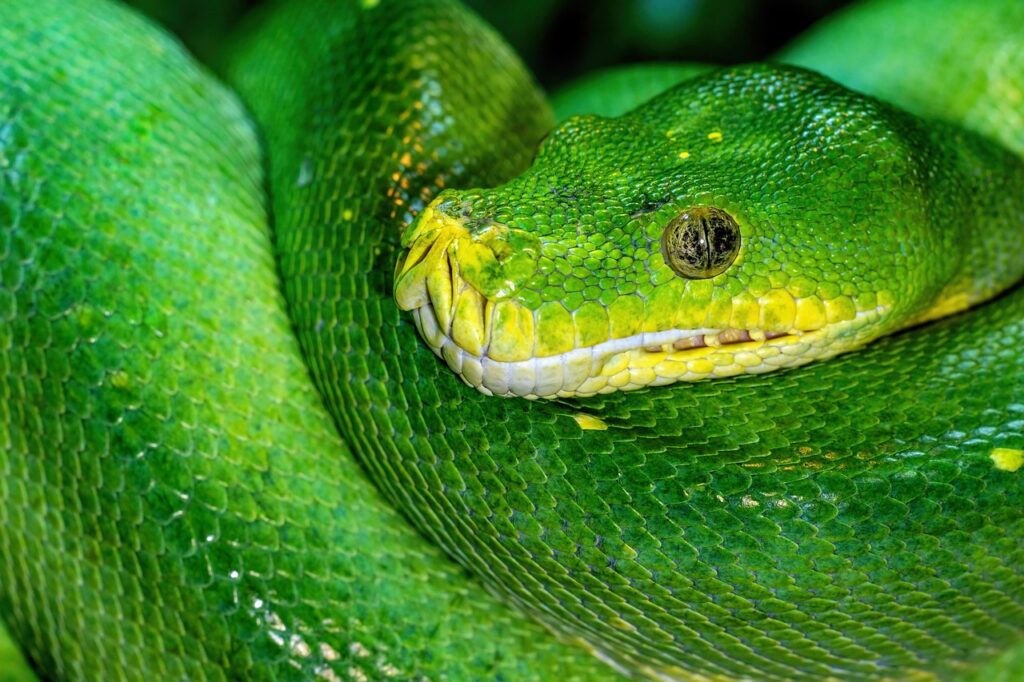
Unlike mammals, snakes lack external ears and middle ear structures such as an eardrum. However, they do possess inner ear components that allow them to detect sound in a limited fashion. The most important structure is the columella (also called the stapes), a small bone that connects to their jaw and skull. When vibrations travel through the ground or air and reach a snake’s body, they’re transmitted through the jaw to this columella bone and then to the inner ear’s cochlea. This inner ear structure contains hair cells that translate these vibrations into neural signals the snake’s brain can interpret. This arrangement means snakes primarily detect low-frequency sounds and vibrations rather than the wider range of frequencies humans can hear.
Can Snakes Hear Your Voice?

When it comes to human speech, the news is rather disappointing for those who talk to their pet snakes. Snakes generally cannot hear airborne sounds in the frequency range of human speech, which typically falls between 85 to 255 Hz. Their hearing is most sensitive to frequencies between 50 and 1,000 Hz, but they’re much better at detecting the lower end of this spectrum. Additionally, their hearing is significantly less sensitive than that of mammals, requiring sounds to be much louder to be detected. This means that while your snake might sense some vibrations when you speak loudly nearby, it likely cannot hear the specific words or tones you use when speaking in a normal conversational voice.
Ground Vibrations: A Snake’s Acoustic Advantage
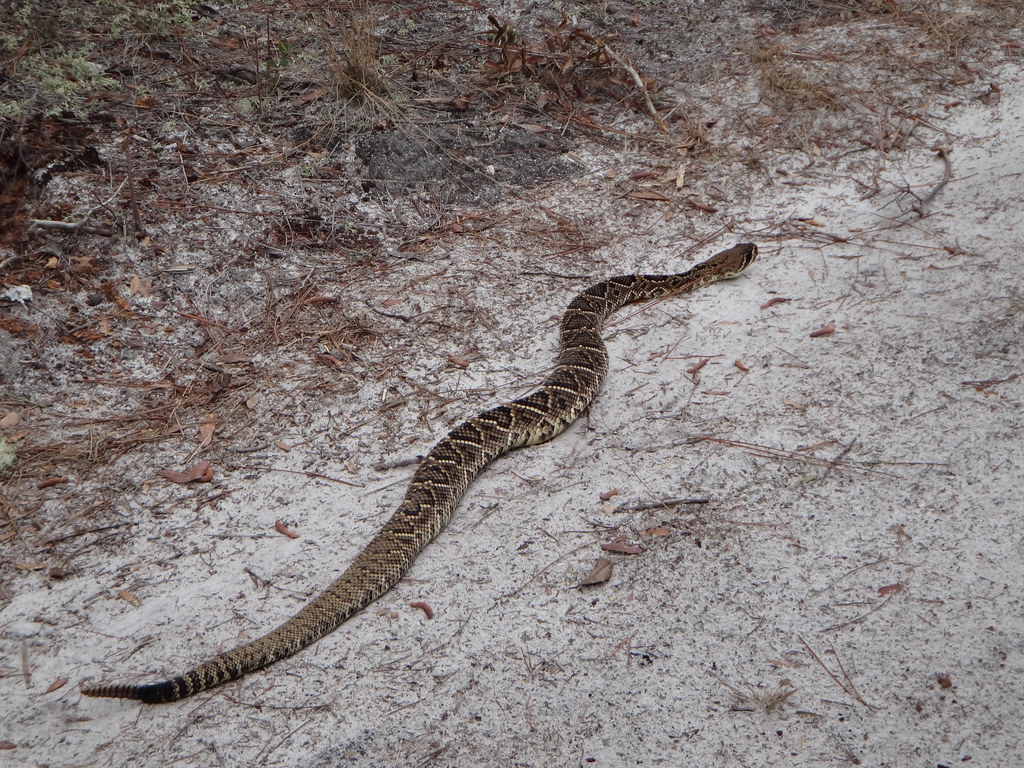
While snakes may not excel at detecting airborne sounds, they are remarkably sensitive to ground-borne vibrations. Their entire body acts as a receptor for these vibrations, which travel through the ground and into their skeleton. Some species can detect the footsteps of potential prey or predators from several meters away, giving them crucial information about their surroundings. This ability is particularly important for fossorial (burrowing) species that spend much of their time underground. For these snakes, the vibrations created by animals moving on the surface provide vital information about potential meals or threats above. This sensitivity to ground vibrations is one reason why many experienced hikers recommend walking heavily in snake country – the vibrations often cause snakes to move away long before a direct encounter occurs.
The Remarkable Jacobson’s Organ
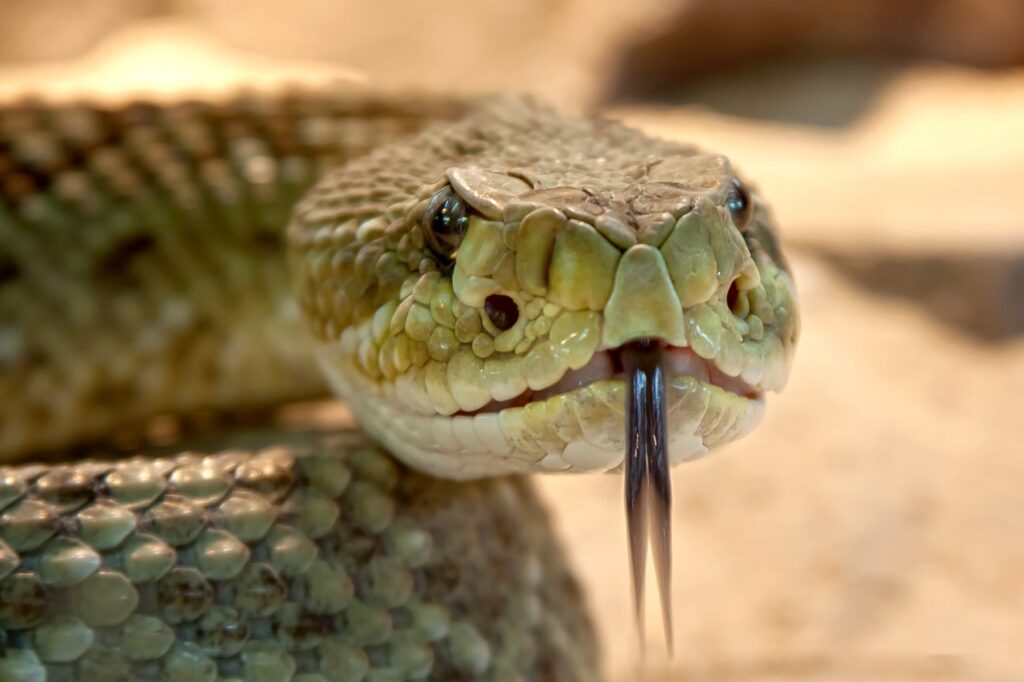
Perhaps the most fascinating sensory adaptation in snakes is their highly developed vomeronasal system, centered around the Jacobson’s organ. This specialized olfactory structure is located in the roof of a snake’s mouth and is accessed through the forked tongue. When a snake flicks its tongue, it’s actually collecting scent particles from the air and ground. The tongue then delivers these particles to the Jacobson’s organ when it’s retracted. This system allows snakes to essentially “taste” the air, creating a detailed chemical map of their surroundings. The forked nature of the tongue even provides directional information, helping the snake determine which direction a scent is coming from. This sense is so refined that some snakes can follow pheromone trails left by potential mates or prey animals days after they’ve passed through an area.
Heat-Sensing Abilities in Pit Vipers
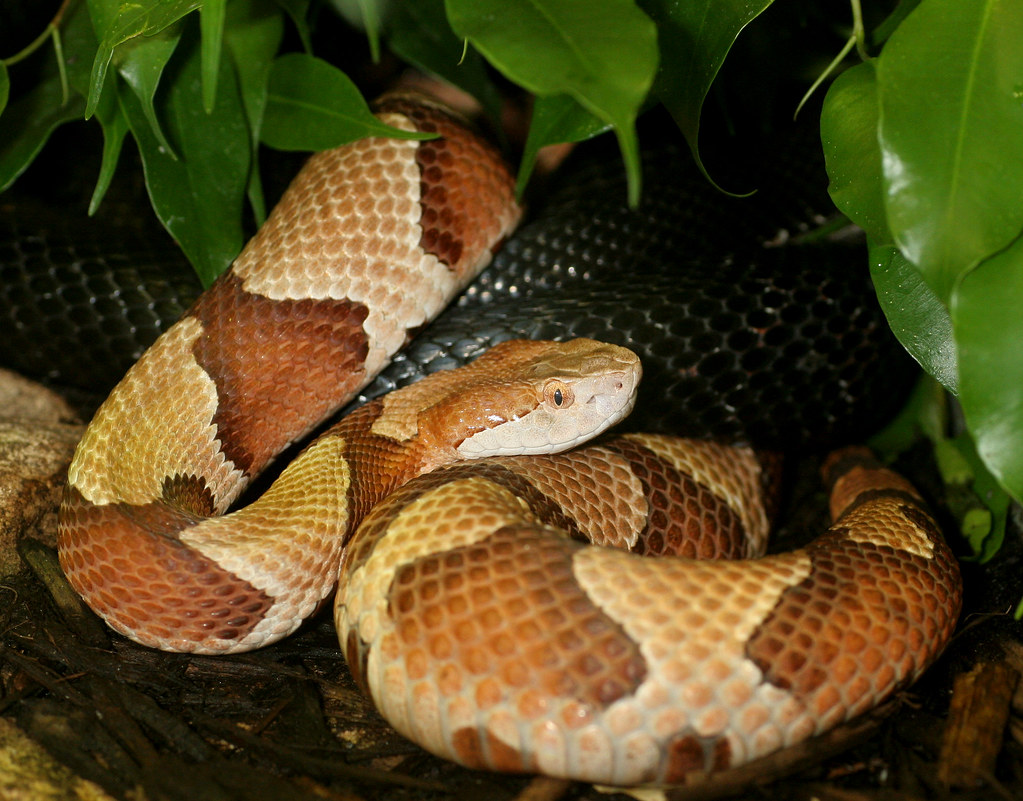
Certain snake groups have evolved specialized sensory adaptations that go beyond the basic snake senses. Pit vipers, including rattlesnakes, copperheads, and cottonmouths, possess remarkable heat-sensing organs called pit organs. These specialized structures are located between the eye and nostril on each side of the head. Functioning essentially as infrared detectors, these pits can sense temperature differences as small as 0.003°C and detect warm-blooded prey up to one meter away in complete darkness. The information from these pit organs is integrated with visual input in the snake’s brain, creating a thermal image overlaid on its visual field. This remarkable adaptation allows these snakes to hunt effectively at night and strike with precision even in the absence of light.
Pythons and Boas: Infrared Vision Through Lips

While not related to pit vipers, pythons and boas have independently evolved their own heat-sensing structures. These snakes possess specialized heat-sensitive labial pits (lip pits) along their upper and sometimes lower lip scales. Though not as sensitive as the pit organs of vipers, these structures still provide valuable thermal information about prey and the environment. A python can detect the body heat of a small mammal from a distance of about 30 centimeters, giving it a significant advantage when hunting at night. This convergent evolution of heat-sensing abilities in different snake lineages demonstrates how important this sensory modality is for predatory success. The heat-sensing lips of these constrictors complement their other senses, helping them locate and accurately strike at prey even in low-light conditions.
The Role of Vision in Snake Perception
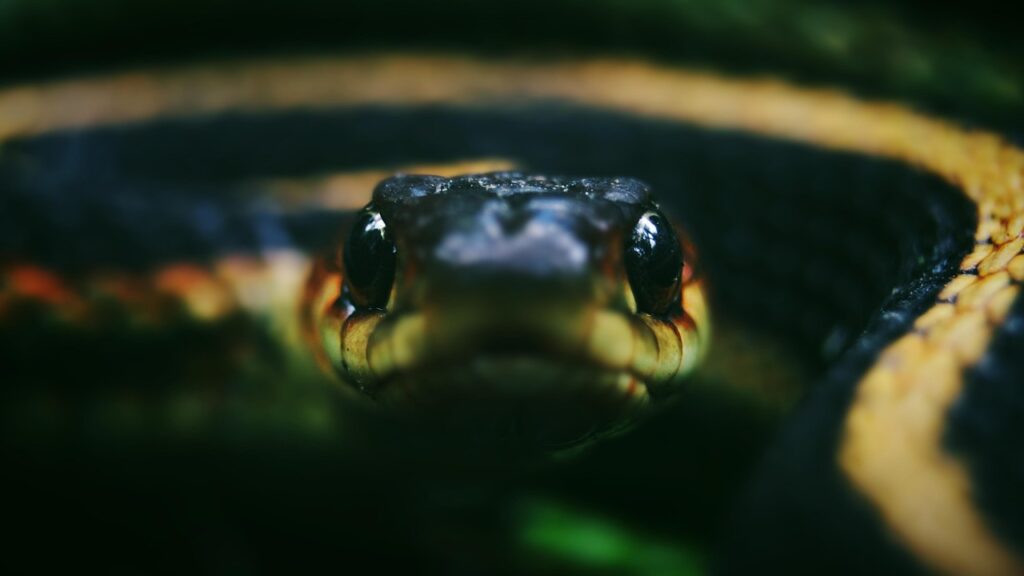
Snake vision varies dramatically across species, depending on their ecological niche and hunting strategies. Contrary to another common misconception, most snakes have reasonably good vision, though the quality varies by species. Arboreal (tree-dwelling) snakes typically have the best vision, with some species possessing binocular vision that helps with depth perception when moving through branches. Diurnal snakes often have well-developed color vision that helps them navigate complex environments. Even nocturnal and burrowing species, while having reduced visual acuity, can detect movement and light changes sufficiently for their needs. Some snakes, like the Asian vine snake, have horizontal, keyhole-shaped pupils that provide an expanded horizontal field of view, helping them spot prey moving across their visual field.
Touch Sensitivity in Snakes

The sense of touch plays a crucial but often overlooked role in snake sensory perception. A snake’s entire body is covered in scales that contain touch receptors, making them highly sensitive to physical contact. This tactile sensitivity helps snakes maintain awareness of their body position and the surfaces they move across. For arboreal species, this sense is particularly important as it helps them navigate complex three-dimensional environments without falling. Burrowing snakes use touch sensitivity to navigate through soil and tight spaces underground. Additionally, many male snakes use touch during courtship, employing a behavior called “tactile alignment” where they run their bodies along a female’s to assess her receptiveness to mating.
How Snakes Process Multiple Sensory Inputs
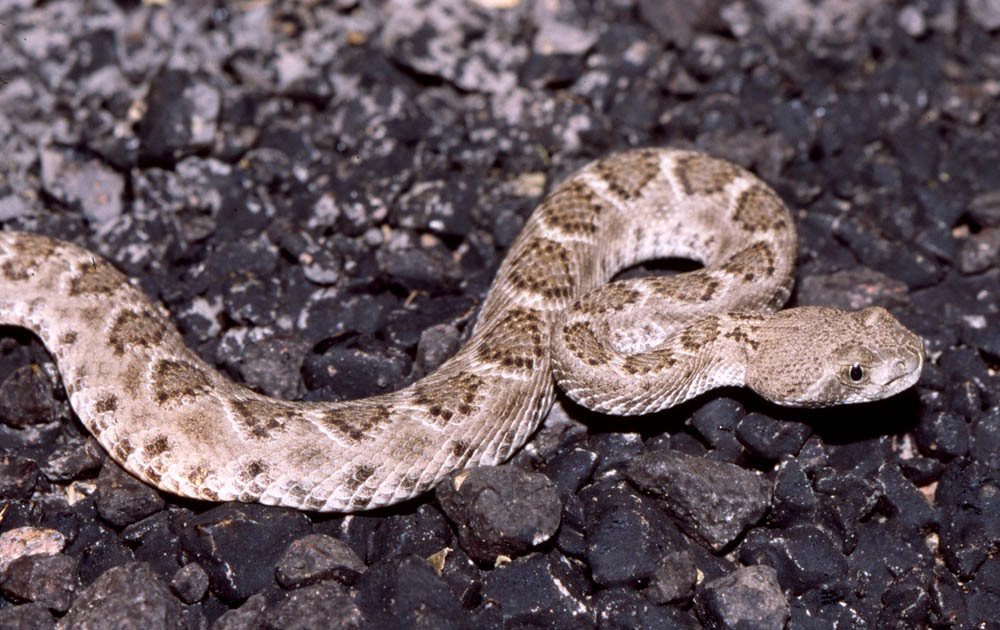
One of the most impressive aspects of snake perception is how they integrate information from their various sensory systems. Rather than relying on a single dominant sense like humans do with vision, snakes create a comprehensive picture of their environment by combining inputs from all their senses. For example, a hunting rattlesnake might initially detect prey through ground vibrations, then use its heat-sensing pit organs to precisely locate the target, while simultaneously gathering chemical information via its Jacobson’s organ. The snake’s brain integrates all this information to create a multi-dimensional representation of its surroundings. This sensory integration allows snakes to be effective predators despite lacking some of the sensory capabilities found in mammals, and demonstrates the remarkable adaptability of these reptiles.
How Snakes Respond to Human Presence

When a human approaches a snake, the reptile’s response is triggered by a combination of sensory inputs rather than by hearing the person speak. First, the snake likely detects ground vibrations from footsteps, alerting it to a large animal’s presence. As the human gets closer, the snake may visually detect the movement and large shape. For pit vipers and some other species, the body heat of the approaching human creates a strong signal in their thermal receptors. The snake may then flick its tongue to gather chemical information about this potential threat. In most cases, this multi-sensory assessment leads the snake to retreat rather than confront. This explains why most human-snake encounters end before they begin – the snake has usually detected the human first and moved away before being noticed.
Communicating with Captive Snakes
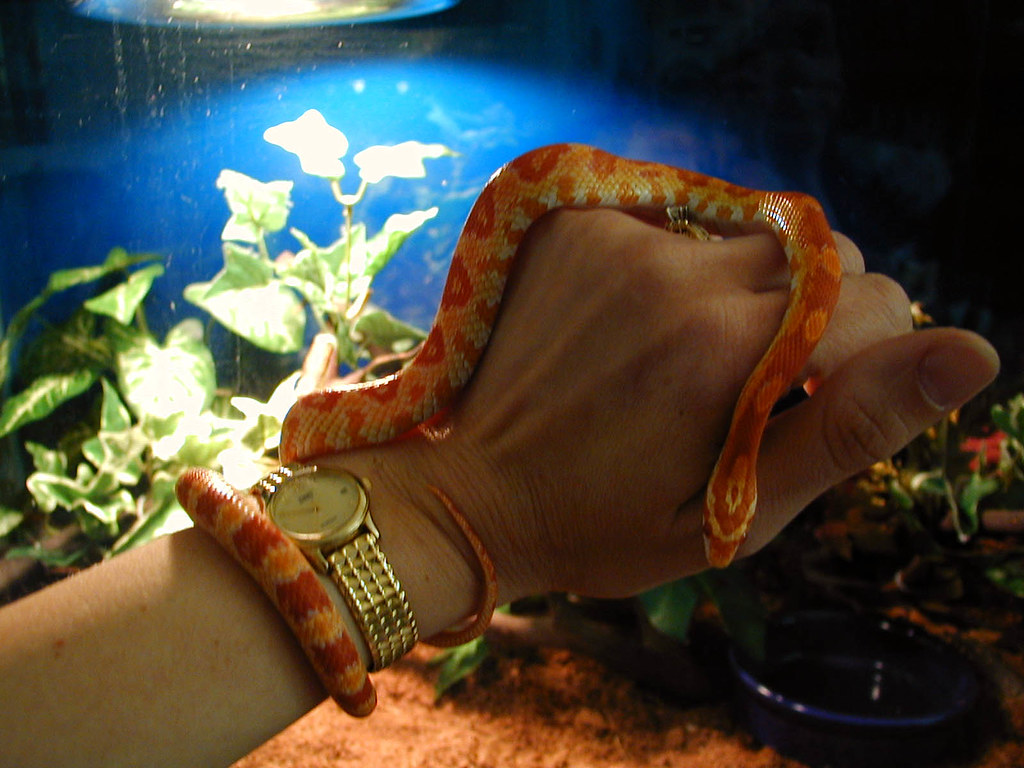
For snake owners wondering how to best interact with their pets, understanding their sensory world provides valuable insights. Since snakes can’t hear your voice in a meaningful way, speaking to them offers little direct communication value. However, this doesn’t mean you can’t form a relationship with a captive snake. These animals can learn to associate your scent, the vibrations of your movements, and even your visual appearance with positive experiences like feeding or gentle handling. Some snake owners report that their pets show recognition through changed behavior when they approach the enclosure versus when strangers do.
When handling snakes, slow movements and gentle touch are key, as these animals are highly sensitive to being grabbed or restrained in ways that mimic predator attacks. Developing this understanding and respect for how snakes perceive the world leads to better relationships between these fascinating reptiles and their human caretakers.
Evolutionary Advantages of Snake Sensory Systems

The unique sensory adaptations of snakes represent millions of years of evolutionary refinement. Their sensory systems are perfectly tailored to their limbless body plan and predatory lifestyle. The emphasis on vibration detection rather than airborne sound makes sense for animals that keep their bodies in contact with the ground. The highly developed chemosensory system compensates for limitations in hearing and allows for tracking prey through complex environments.
For nocturnal hunters, heat sensing provides a crucial advantage when light levels are too low for effective vision. Even the placement of their eyes – typically on the sides of the head rather than facing forward – gives many snake species a wider field of view to detect approaching threats. These sensory adaptations demonstrate how evolution shapes organisms to thrive in their ecological niches, creating efficient predators despite what might initially seem like sensory limitations.
While snakes cannot hear your voice in the way you might hope, they perceive their world through a remarkable suite of specialized senses that are perfectly adapted to their evolutionary needs. From their vibration-sensitive bodies to their scent-collecting tongues and the heat-detecting pits found in some species, snakes demonstrate how different sensory adaptations can lead to successful survival strategies. Understanding how snakes perceive their environment not only helps us appreciate these often-misunderstood animals but also allows us to interact with them more effectively, whether in the wild or as pets. So the next time you encounter a snake, remember that while it may not hear your words, it’s aware of your presence in ways that are both alien and fascinating to our human experience.

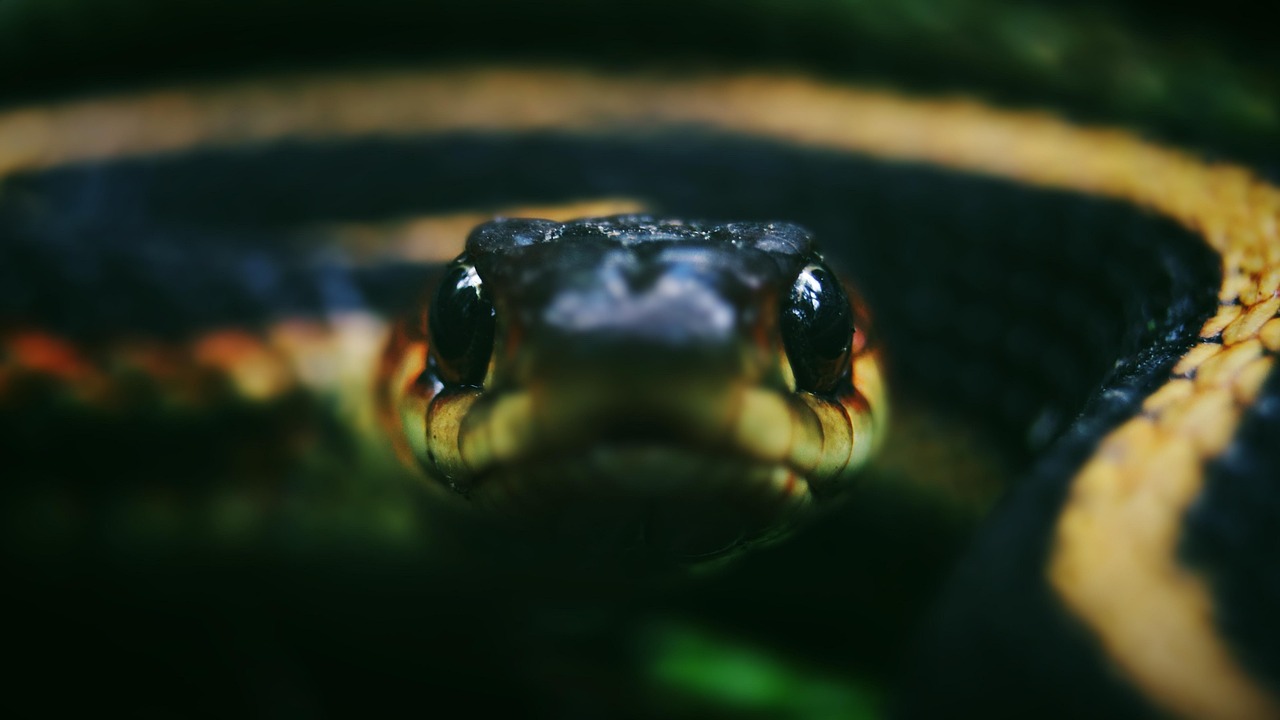


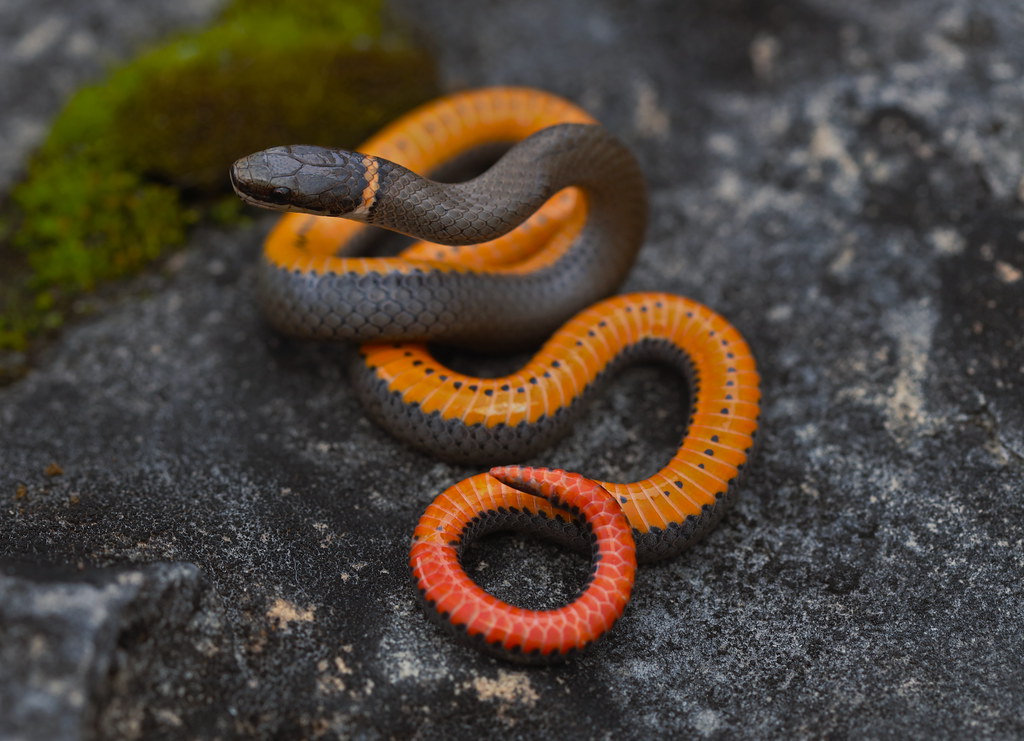
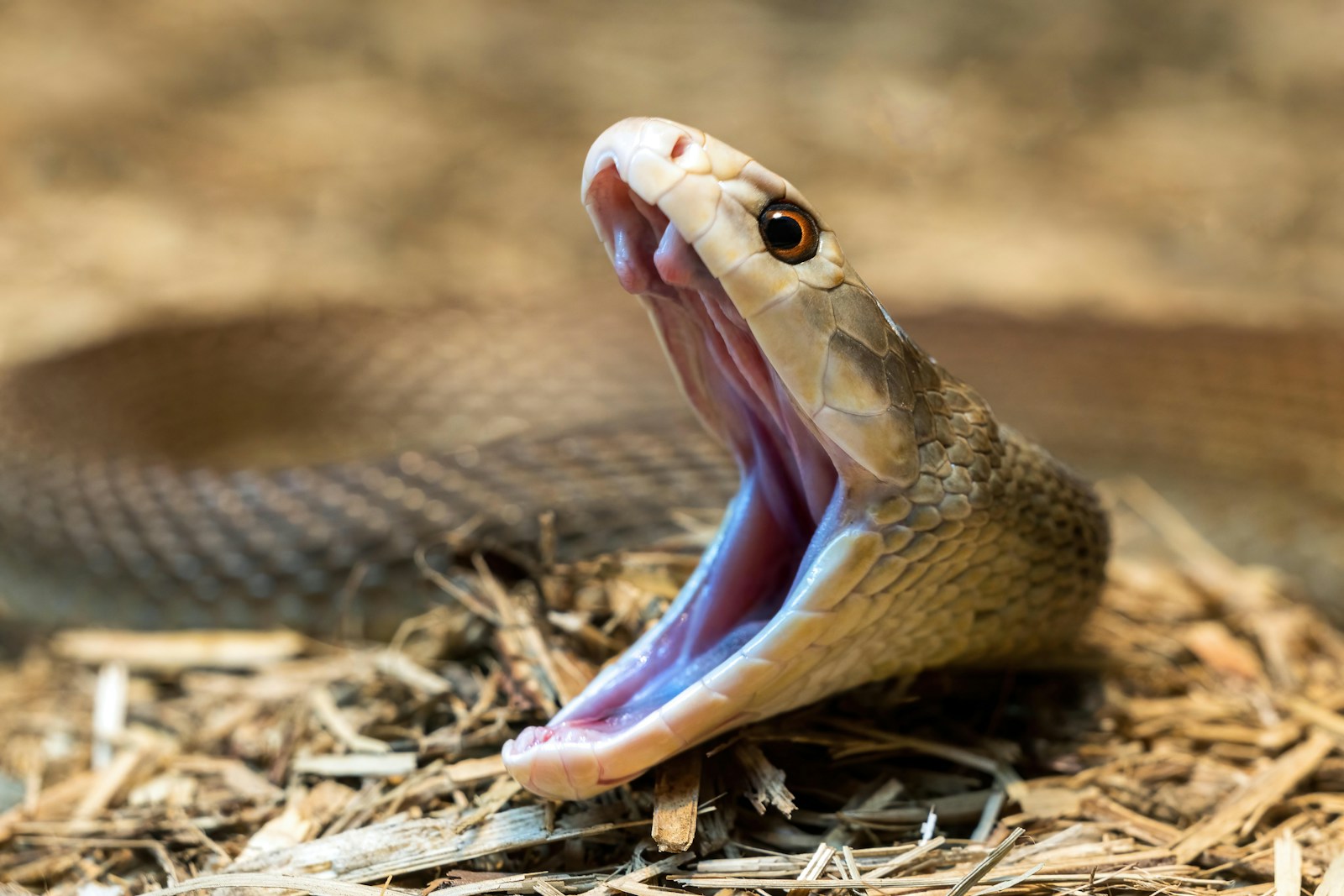
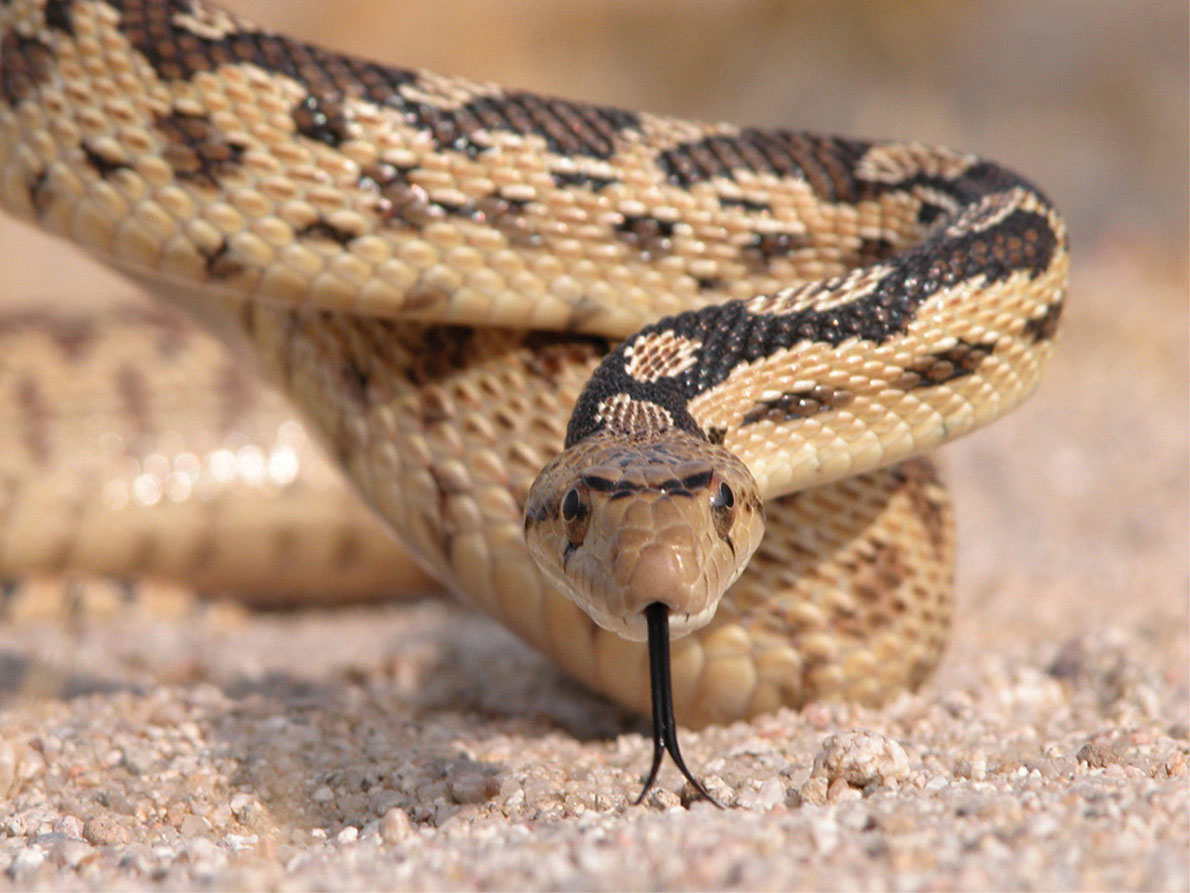








Leave a Reply